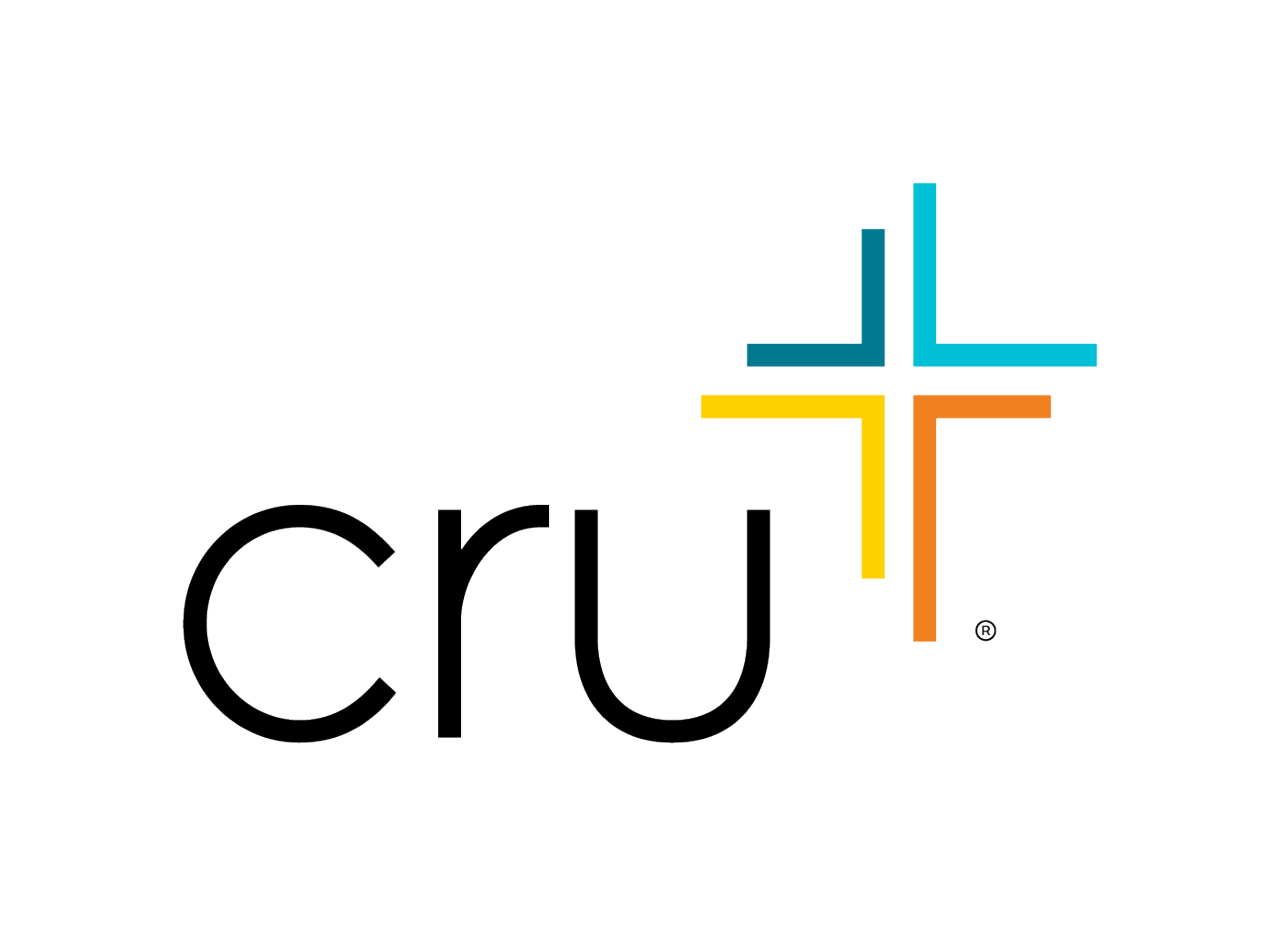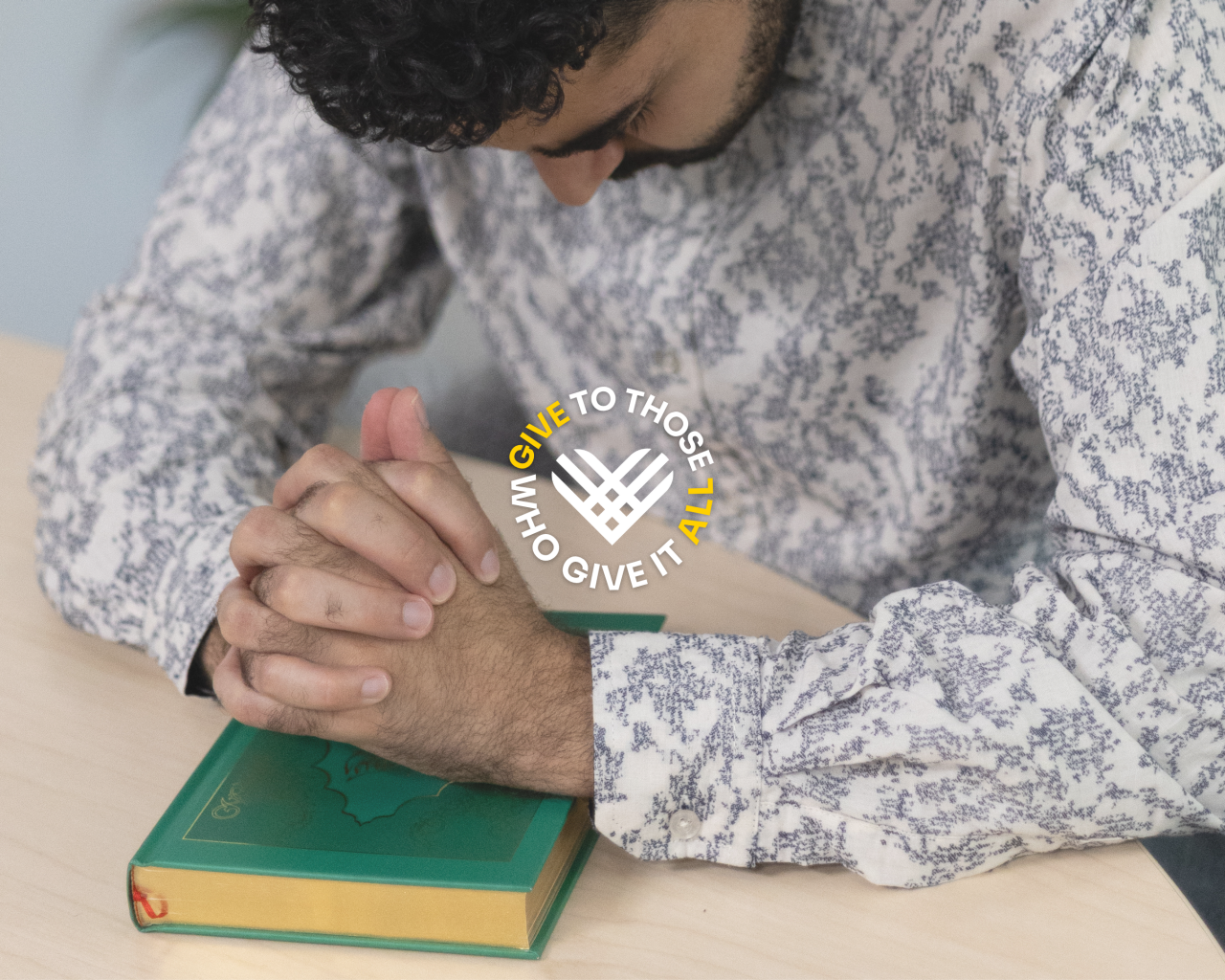How to Plan and Lead Effective Prayer Meetings

When you think about prayer meetings, what comes to mind? Do you think of words like “refreshing,” “powerful,” “inspiring” and “important”? Or do you think of words like “boring,” “awkward,” “uncomfortable” and “necessary”? Be honest.
Sadly, prayer meetings are often something we think we should do rather than something we want to do.
But if prayer is having a conversation with the God of the universe, that should be exciting!
So where is the disconnect? How has something as amazing as talking to our loving and all-powerful God become so unappealing?
One reason prayer meetings are awkward or boring is that they are not always run according to a plan. Since prayer is as simple as talking to God, many people mistakenly think that a prayer meeting should be able to just happen with little to no effort. In reality, getting a group of people together to effectively carry out even the simplest task requires planning and organization.
When a prayer meeting is well organized and there is a sense of expectancy that God’s presence will be felt and He will do something in the lives of people attending, they will be excited to attend.
Good preparation before your event lays a solid foundation for a powerful time of connecting with God and other believers. So pray for the Lord’s direction as you plan each element of the meeting.
Preparing for Your Prayer Meeting: The Basics

The Leader
Prayer meetings tend to get awkward and uncomfortable without a leader guiding the time and stepping in with transitions or prompts as needed.
The leader should also make sure the meeting ends on time. If people want to hang out and continue praying afterward, that’s great, but make sure that people who need to leave can go at the scheduled time. If a prayer meeting just keeps going indefinitely, many people will feel uncomfortable leaving. Those people may decide not to come to the next prayer meeting.
The Location
Select a space that offers adequate seating for everyone as well as minimal distractions, such as ringing phones or “people traffic.” You could use your home, a space at your church or a room at your place of business.
The Time Frame
Will it be a one-time or a recurring event? Keep in mind the needs of the people you hope will come when you choose the day, time, meeting length and frequency.
For example, if you are gathering co-workers during the workday to pray, you might choose a weekly time of 30 minutes before work or during lunch.
If you are hosting a special one-time event with friends or church members, you might opt for an entire weekend afternoon of prayer. If you plan well and offer a variety of prayer methods and prompts, a meeting as long as four hours can pass quickly.
The Focus
Is your meeting going to be focused on personal prayer requests, a geographical area, an upcoming event, or people in need in your area? Choose something people can get passionate about so they will be motivated to come. Your prayer meeting could concentrate on missionaries your church sponsors, people struggling with homelessness or an upcoming church event.
If your prayer meeting is about something or someone specific, you will probably need to supply prayer requests. This enables anyone who is not very familiar with the subject or people to participate.
For example, if you hold a prayer meeting for your church’s missionaries, write down some information to share at the beginning of the meeting. You could print handouts or posters with the names and pictures of the missionaries, their location, and something about their ministry.
If possible, contact the missionaries ahead of time and ask for prayer requests. Contacting missionaries personally gives you up-to-date requests, but it also encourages the missionaries to know you’re praying for them. If you cannot reach them, try to find a copy of their most recent prayer letter for specific requests.
If you pray for a specific group of people or a need in your city, contact someone who is involved in a related ministry and ask for prayer requests. For example, you can contact a local shelter if you want to pray for people struggling with homelessness.
You can encourage your group to pray beyond your time together by asking each member to be responsible to pray for specific requests that you recorded during the prayer time. This way, every request will be prayed for by at least one person in the group.
The Team
Start by personally inviting people you know who are interested in praying with others. You can focus on a specific group, like neighbors, coworkers, members of a small group or Sunday school class, or people with common interests.
You might also want to run an announcement in a church bulletin or newsletter. Advertising usually requires you to plan further ahead.
As the day approaches, remind everyone you’ve invited about the time and location. You could also send them information about the topic or prayer focus for the meeting or Bible verses about the value of prayer.
When you invite people or have an opportunity to share about the meeting, help people know what to expect at the meeting. Let people know there is no pressure to pray out loud if they are not comfortable. Share your vision for the meeting and why you are excited about it. Highlight the topic or topics you will focus on, whether that’s personal prayer requests, issues in your city, or anything else.
People are more comfortable coming to an event when they know what to expect.
The Opening Remarks
Plan how you will start your meeting to get everyone engaged right away.
Remind participants of the focus of the meeting and cast a vision for why you are gathering to pray for that particular topic. If your meeting is more general or focused on personal requests, cast a vision for why praying with other Christians is powerful. Help set the tone of expecting God to show up.
You can create the perfect environment with a great theme, but if you’re just saying words for the sake of saying them, the meeting will still fall flat. Prayer is talking to God, and when we talk to God, we should expect a response. When we pray, if we do not look for God to respond, we’re just going through the motions.
When you start a prayer meeting with the vision that God will do something great, it creates a much more compelling time than one that is just checking off boxes. Ask the Holy Spirit to fill you and guide the leader and the participants during the time.
The Ground Rules
In addition to setting the grand vision for the meeting, be prepared to outline the more mundane expectations about the process. Creating a few simple “ground rules” will help avoid common pitfalls. You should give people some idea of these expectations when you invite them, but it’s important to reinforce them once everyone has gathered.
Remind the group that:
Prayer is simply having a conversation with God.
Silence is okay.
People should pray as they feel comfortable.
This will help people who are new to praying with others to not feel pressured. It is also a good reminder for those with more experience.
The Last-Minute Preparations
On the day of the meeting, make sure to send out a reminder to the whole group. Gather anything you need to bring, like Bibles, handouts of prayer requests, note cards or a journal to record prayer requests.
What to Do When You Pray

The whole point of the meeting is to spend time in prayer as a group, so it’s important to plan this part well.
Transition to Group Prayer
It can be helpful to set aside some time for individual silent prayer and preparation before the group prayer begins. Let people know the purpose of the time of silence and how long it will be. Even two minutes can seem like a long time for someone who is only expecting a few seconds of silence.
Here is an example of how you might open a prayer meeting:
“First, we’re going to take two minutes of silence to individually prepare our hearts and minds so we can focus on prayer. This time is to give you a chance to confess any known sins, ask God for forgiveness, and ask Him to fill you with the Holy Spirit. Name any worries or thoughts that could distract you and tell God you want to hand them over to Him so you can focus on praying. After two minutes is up, I [or whoever you decided] will pray out loud to open the rest of our time. Then we will start praying for our first topic.”
Have an Opening Prayer
It can be hard to go first. If your group includes a lot of people who are new to praying in a group, opening the time yourself takes the pressure off and helps your prayer time start smoothly. If you are starting with a time of silence, make sure the person who will say the opening prayer knows it’s their responsibility and knows when to begin.
Here are a few ideas for things to include in the opening prayer:
Ask God to fill you all with His Spirit and guide the time according to His will.
Thank God in advance for always being ready to answer, even if it’s not the answer we expect or want.
Thank God that He knows best, and ask for His will to be done.
Choose a Prayer Method
Take time to decide how the group will pray together. Consider the needs of your group and what will work best for the people who come.
If you are unsure how many people are coming, you may need to be flexible. If you have 15 or more attending, you may want to break into smaller groups. That will not be necessary with five. If your group includes people who are newer to group prayer, consider choosing methods that avoid making them feel pressured to pray out loud.
“Prayer is difficult. It is not the techniques that are hard. Most of the techniques are amusingly easy. Rather the difficulty lies in following through on the commitment to pray in the face of distractions that bear down on us or pick at us like annoying bugs, driving us away from the presence of God.”
— Daniel Wolpert, “Creating a Life With God”
For longer prayer meetings, you can add variety by breaking up times of prayer with worship, Scripture reading, and an assortment of prayer methods. See the next section for some ideas. Make sure to give people breaks to do things like use the restroom, get a drink or stretch. Explain each new method before each prayer time in case some of the participants are unfamiliar with it.
If you are meeting coworkers for 30 minutes at lunch and sharing prayer requests, you will probably just use one method of prayer. If you meet regularly, you can try different things at different meetings or rotate who leads the time.
There are many ways to pray with a group of people. Here are some methods you can try:
Break into smaller groups. Assign specific requests to each group.
Conversational prayer is praying as if you are having a discussion between all of you and God. Each prayer is brief — maybe a few sentences at a time — and related to what the person before said. This method works best between people who already know one another.
Sentence prayers, or praying only one sentence at a time, create a more interactive environment for a group. By limiting the words you speak, you open your mind and heart to what God is saying to others. This method can be combined with “popcorn prayer,” in which people pray aloud following no particular pattern or order.
Korean-style prayer refers to when everyone prays out loud simultaneously — a method that allegedly originated in Korea. This can expand your vision of how God hears our prayers. It is a tangible experience of how He can listen to every prayer given at every moment from a limitless number of people.
Prayer walking allows you to be physically present in places relevant to your prayer focus. With open eyes, you see the needs of the people and the area, allowing you to pray more specifically for them.
Pray for the world. You can use a globe or map and/or prayer requests from international resources, such as Operation World, a global prayer almanac published by WEC International. It will expand your vision of what God is doing elsewhere.
Pray for the persecuted church worldwide. Open Doors USA is an organization that provides important information about Christians who suffer for their beliefs and offers various ways to pray for them.
Pray using the Bible. Have the group use one or more verses from the Bible as their guide for praying. Choose any passage you feel is appropriate. One way to do this is to read a psalm of praise as a group (e.g., Psalm 103, 145 or 150). You could also have people take turns reading specific verses and pause after each verse for prayer inspired by that piece of Scripture.
Use pictures from magazines, newspapers or Soularium. Spread out the pictures, have everyone choose one that best represents their request, and give each person the opportunity to explain the connection between the image and their need before praying.
Do a prayer exchange by inviting people to bring pictures or letters from missionaries they support or children they sponsor. Give a few moments to each of those who brought information to explain it, then trade the pictures or letters among group members.
Prayer acrostics are step-by-step guides to your prayer time. The leader should pay close attention to your time and transition the group through the different elements so you can make it through every part during your time. Here are some commonly used acrostics:
ACTS
- Adoration — Time for worshipping and adoring God.
- Confession — Time to confess, or agree with God about, any sins or mistakes you have made that He brings to mind. Make sure people know they can pray silently.
- Thanksgiving — Give thanks to God for who He is, what He has done and what He will do.
- Supplication — Ask God for His help for yourself or others.
PRAY
- Praise — Praise God for who He is and give thanks for specific things He has done.
- Repent — Admit your sin to God and ask for forgiveness. Make sure people know they can pray silently.
- Ask — Pray for others and ask God for help on their behalf.
- Your own needs — Ask God to meet your needs.
In the end, the method you choose is less important than the decision to take regular time to go to God in prayer.
Have a Closing Prayer
You can ask someone before the meeting if they are willing to close your time together, or you can say the closing prayer yourself.
Here are some suggestions for what you could include in a closing prayer:
Thank God for always hearing and always caring.
Thank God for this time to focus on talking with Him.
Thank God for knowing everything in our hearts better than we do, even if we struggle to express everything we think or feel.
Ask God to care for each person who came.
Pray for any requests that were missed during the prayer time.
Ask God to be with anyone who was unable to make it (especially if it’s a regular prayer meeting).
Thank God that He always knows what is best for us, and ask that His will be done.
Instead of a general closing prayer, you could pray the Lord’s prayer or read a passage of Scripture together. In this case, make sure everyone either has a printout of the passage or is using the same version of the Bible.
Special Considerations for Personal Prayer Requests
One way you can start your meeting is by inviting each person to share his or her personal prayer requests. Make sure to set a specific length of time for this.
Assign a group member to write down each person’s prayer requests. To help people remember, they could write everything down on a board or large piece of paper for everyone to see, or on scraps of paper you then pass around.
Another option is to ask participants to pray for the person on their left. If some people are not comfortable praying aloud, you may want to do something else. You could allow a minute of silence for anyone who prefers praying silently. You can also break into smaller groups, assigning specific requests to each group, or pause after each request is shared to pray as a group.
Decide if you will be asking people to pray after the meeting. If so, whoever writes down the requests can send them out in a group text message or email. You could even encourage people to text the person they are praying for that week as an encouragement.
Avoiding Common Pitfalls

During the prayer time, there may be some silence. That’s normal. Sometimes people who are more hesitant may not feel comfortable praying unless there’s a clear opening, so silence can be helpful.
If you find yourself struggling to balance the “talkers” with those who are quieter, you can instruct the group to pray one-sentence prayers for a portion of your time.
If you pray for people’s personal requests, you may not pray over each detail, but do your best to make sure each person asking for prayer receives it. Writing down the requests and making sure the person who closes the meeting has them can help with this.
Final Thoughts
Whatever specific elements you choose when planning your prayer meeting, remember to ask God to guide your time together and fill you all with His Spirit. Taking the time to prepare will make your prayer meeting more rich and rewarding.
Whether or not things go as you expect, remember that Jesus said: “Where two or three gather together as My followers, I am there among them” (Matthew 18:20, New Living Translation).
Expect God to show up and to work in the lives of all who participate.
Next Steps
- If you are already working on a prayer meeting, schedule some time to prepare so you do not rush through the planning.
- If you do not have a specific prayer meeting in mind, you can start planning one now. You can share this guide with someone else who is passionate about prayer and work together.
-
Read more about prayer.
-
Find even more articles about prayer in the “Prayer” section of Cru.org, or learn about prayer and fasting by taking advantage of our “Fasting Starter Kit.”


















